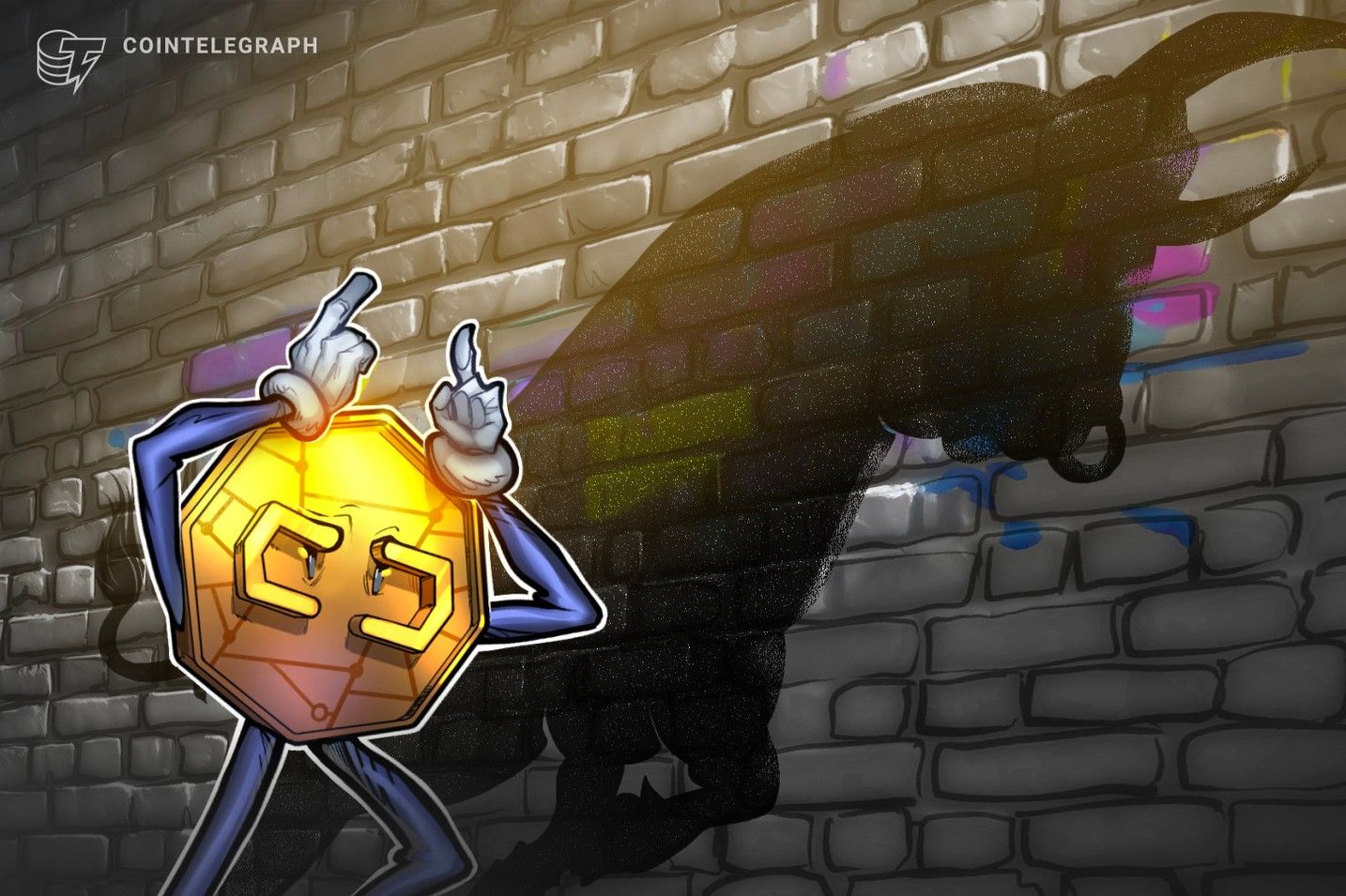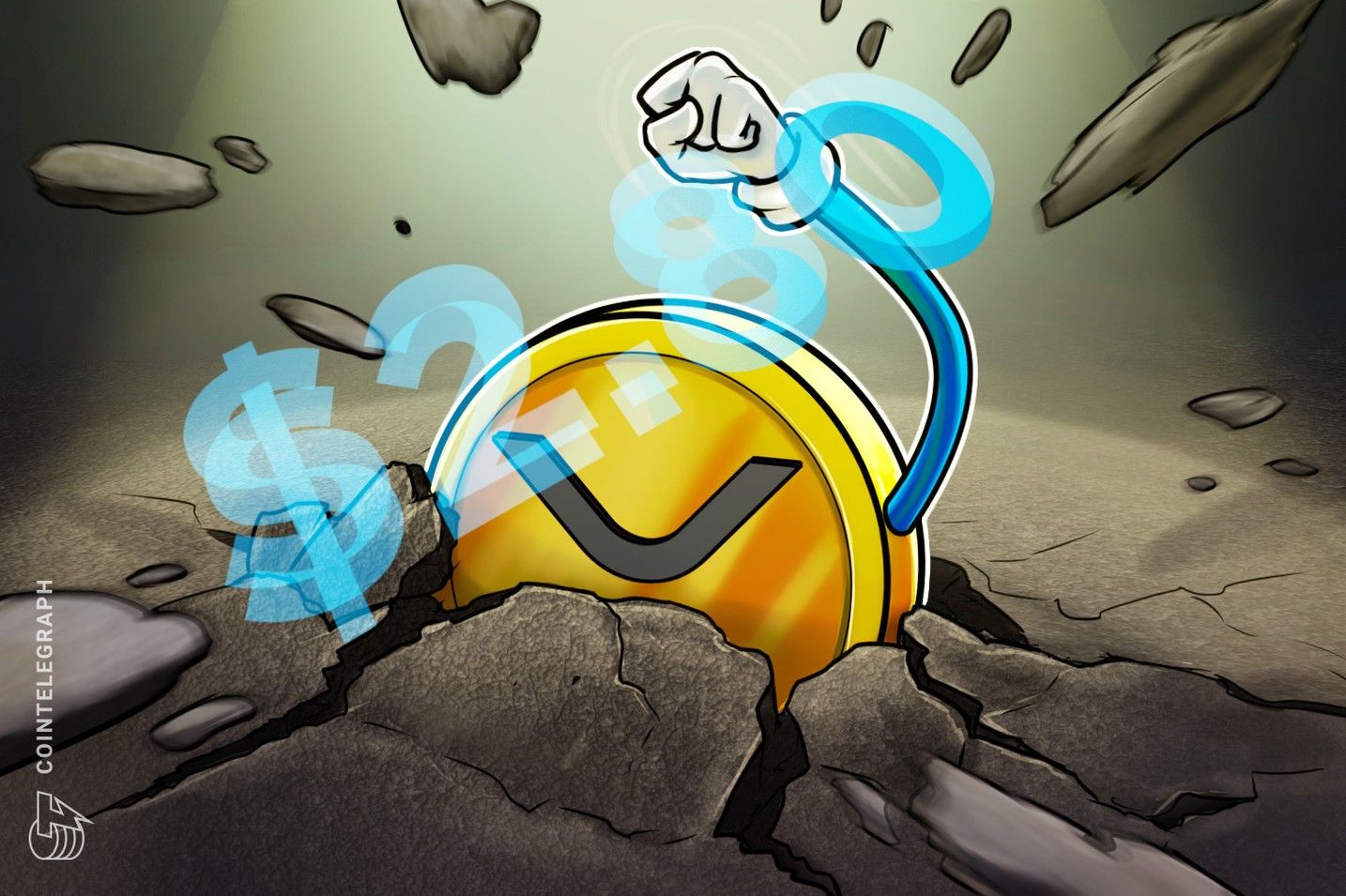India’s Fintech Summit Excludes Crypto and Stablecoin Debate
India intensified its crypto crackdown, excluding private assets from the Global Fintech Fest. The focus remains on CBDC and regulated digital public infrastructure.
India’s most prominent financial technology summit, the Global Fintech Fest (GFF) 2025, intentionally excluded private crypto and stablecoins from its main agenda.
The move signals the government’s strategic pivot from speculative digital assets toward a state-managed digital transformation. It also coincided with a massive crackdown on offshore crypto exchanges, clarifying that India’s FinTech future focuses strictly on technologies under the purview of the government and the Reserve Bank of India (RBI).
Government-Led Digital Transformation Dominates the Agenda
The GFF 2025, held in Mumbai from October 7-9, featured major government figures, including the Union Finance Minister and officials from the RBI and the Ministry of Electronics and Information Technology (MeitY). However, reviewing the official tracks and speaker lists reveals a consistent omission of private crypto assets.
Instead, the discourse concentrated on areas of direct state control. These included the financial applications of AI, national digital infrastructure (like DigiLocker), CBDC advancement, and sustainable finance. This pattern suggests authorities intentionally compartmentalized private, unregulated crypto assets. India maintains that these assets are not legal tender. The approach reinforces the government’s stance: financial innovation is welcome only on its own terms.
FIU-IND Enforcement Action Blocks Offshore Platforms
The decision to exclude crypto from the official FinTech dialogue was underscored by simultaneous, decisive regulatory action. In early October 2025, India’s Financial Intelligence Unit (FIU-IND) ordered blocking access to 25 offshore crypto exchanges for failing to register under the Prevention of Money-Laundering Act (PMLA). These platforms did not comply with India’s mandatory AML and KYC requirements.
This action goes beyond a mere warning. It represents a physical removal of non-compliant platforms from the domestic market, reinforcing the government’s commitment to regulatory discipline. The FIU-IND’s order sends a clear message to the Web3 sector: failure to integrate into the regulated financial framework will result in market exclusion. This severe enforcement context explains the exclusion of crypto from the GFF agenda. The authorities demand that all financial operators—digital or traditional—meet stringent domestic standards before being considered legitimate participants in India’s FinTech future.
The Regulatory Dilemma for India Crypto: Stablecoins and CBDC
Finance Minister Nirmala Sitharaman articulated the government’s nuanced but firm stance on digital assets on October 3, 2025.
Minister Sitharaman acknowledged the risks of volatile Virtual Digital Assets (VDA). However, she stated that nations must “prepare to engage” with stablecoins. She recognized their potential to transform cross-border payments and financial infrastructure. This creates a regulatory dichotomy: India is committed to eliminating speculative VDAs to reduce systemic financial risk but recognizes that it cannot afford to ignore the underlying technology of stable assets.
Ultimately, the nation is channeling its digital ambition toward the CBDC and government-supervised digital infrastructure. The simultaneous crackdown and the intentional crypto omission from the GFF agenda are powerful signals. Access to the massive Indian consumer base requires full acceptance and integration. This means aligning with the domestic regulatory framework. Companies seeking to tap into the world’s fastest-growing FinTech market must align their strategies with the nation’s vision of a regulated digital future.
Disclaimer: The content of this article solely reflects the author's opinion and does not represent the platform in any capacity. This article is not intended to serve as a reference for making investment decisions.
You may also like
ETH traders ramp up positioning, setting a price target at $3.4K

BTC price pauses at $92K: Can Bitcoin avoid another crash?

Crypto bull market signal: ERC-20 stablecoin supply preserves $185B record

Five XRP charts suggest a short-term price rally to $2.80 is next

